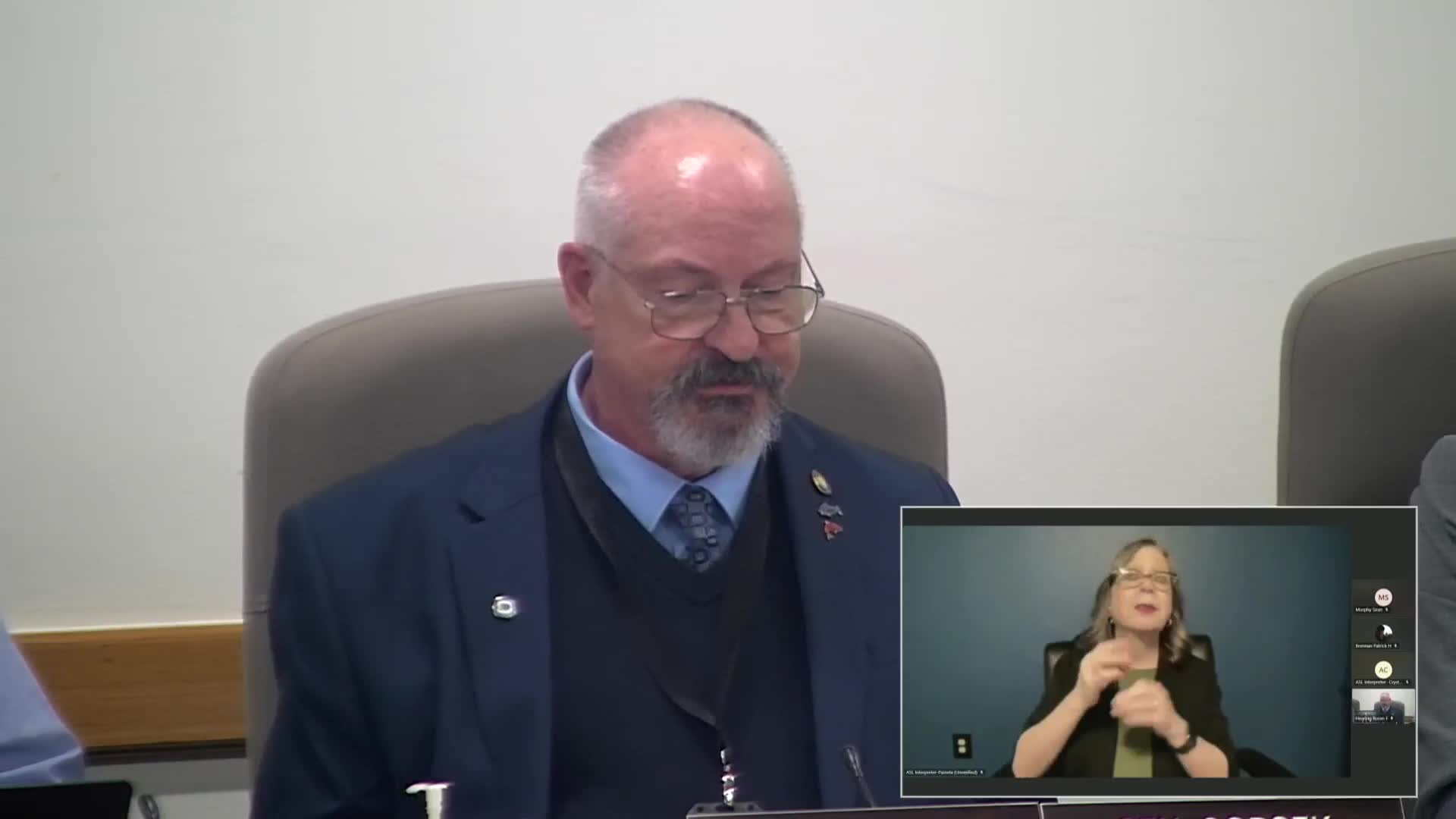Oregon lawmakers propose amendment for key trucks and electrification funding
June 17, 2025 | Legislative, Oregon
This article was created by AI summarizing key points discussed. AI makes mistakes, so for full details and context, please refer to the video of the full meeting. Please report any errors so we can fix them. Report an error »

Oregon's Joint Committee on Transportation Reinvestment made significant strides during their meeting on June 17, 2025, focusing on vehicle regulations and funding for sustainable transportation initiatives.
A key decision discussed was the proposed amendment to allow "key trucks," smaller vehicles primarily manufactured in Japan and Korea, to operate on Oregon roads. Currently, these vehicles do not meet U.S. safety and emissions standards, making them illegal for use. The amendment would permit their operation under specific conditions, including an annual fee and restrictions on highways with speed limits exceeding 65 miles per hour. This change aims to accommodate a growing interest in these vehicles while ensuring safety on the roads.
Additionally, the committee addressed funding for off-road trails and electrification programs. Senator Pham highlighted the need for increased investment in these areas, noting that the current funding proposal would reduce support for trails from the Oregon Department of Transportation. The proposed "dash 11" amendment seeks to allocate more resources for community paths and electric vehicle initiatives, recognizing that transportation contributes significantly to Oregon's greenhouse gas emissions.
To fund these initiatives, the amendment suggests implementing a 4% sales tax on luxury vehicles priced over $75,000, aligning Oregon with other states that tax high-end vehicle purchases. This approach aims to generate revenue for programs that promote cleaner air and healthier communities.
The committee's discussions reflect a commitment to enhancing transportation infrastructure while addressing environmental concerns, setting the stage for future legislative actions that could reshape Oregon's transportation landscape.
A key decision discussed was the proposed amendment to allow "key trucks," smaller vehicles primarily manufactured in Japan and Korea, to operate on Oregon roads. Currently, these vehicles do not meet U.S. safety and emissions standards, making them illegal for use. The amendment would permit their operation under specific conditions, including an annual fee and restrictions on highways with speed limits exceeding 65 miles per hour. This change aims to accommodate a growing interest in these vehicles while ensuring safety on the roads.
Additionally, the committee addressed funding for off-road trails and electrification programs. Senator Pham highlighted the need for increased investment in these areas, noting that the current funding proposal would reduce support for trails from the Oregon Department of Transportation. The proposed "dash 11" amendment seeks to allocate more resources for community paths and electric vehicle initiatives, recognizing that transportation contributes significantly to Oregon's greenhouse gas emissions.
To fund these initiatives, the amendment suggests implementing a 4% sales tax on luxury vehicles priced over $75,000, aligning Oregon with other states that tax high-end vehicle purchases. This approach aims to generate revenue for programs that promote cleaner air and healthier communities.
The committee's discussions reflect a commitment to enhancing transportation infrastructure while addressing environmental concerns, setting the stage for future legislative actions that could reshape Oregon's transportation landscape.
View full meeting
This article is based on a recent meeting—watch the full video and explore the complete transcript for deeper insights into the discussion.
View full meeting
